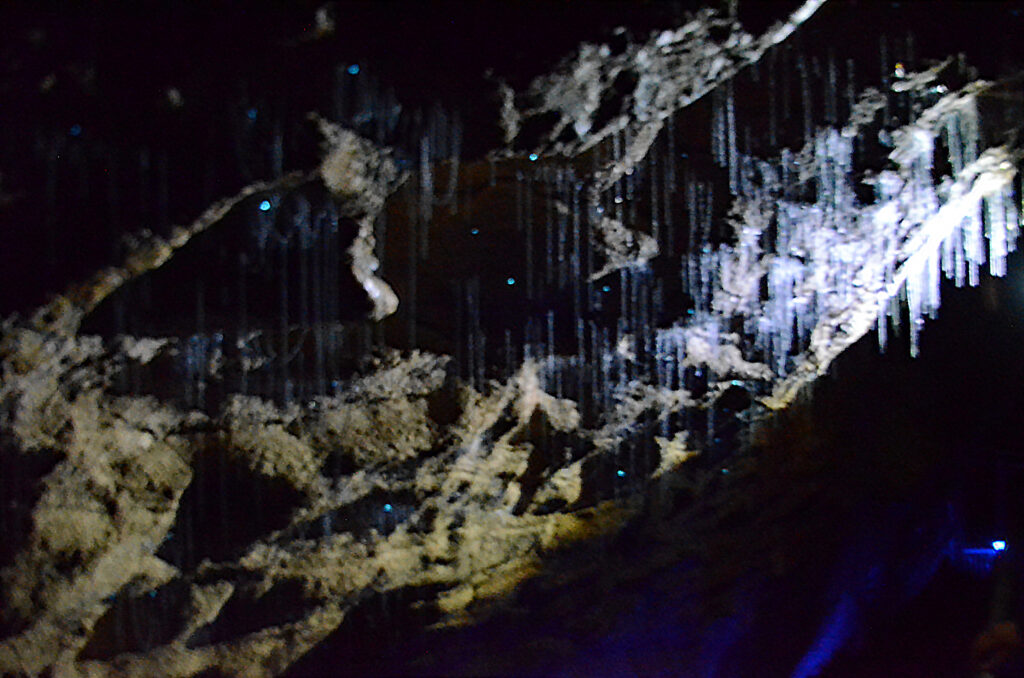Imagine walking into a cave so alive that you can feel it inhale and exhale, as if it’s sharing the same breath as you. Deep in the forests of southern Oregon, this isn’t just a fantasy—it’s a real phenomenon that leaves scientists and adventurers awestruck. The Oregon Caves, often called the “breathing cave,” has captured imaginations and curiosity for decades. It’s a place where geology and biology meet in an astonishing dance, revealing that even the earth beneath our feet can seem to have a life of its own. What is it about this cave that makes it so unique, and how does it truly “breathe”? Let’s step inside and discover why this natural wonder is more than just a hollow in the ground.
A Cave With a Pulse: What Does It Mean to Breathe?
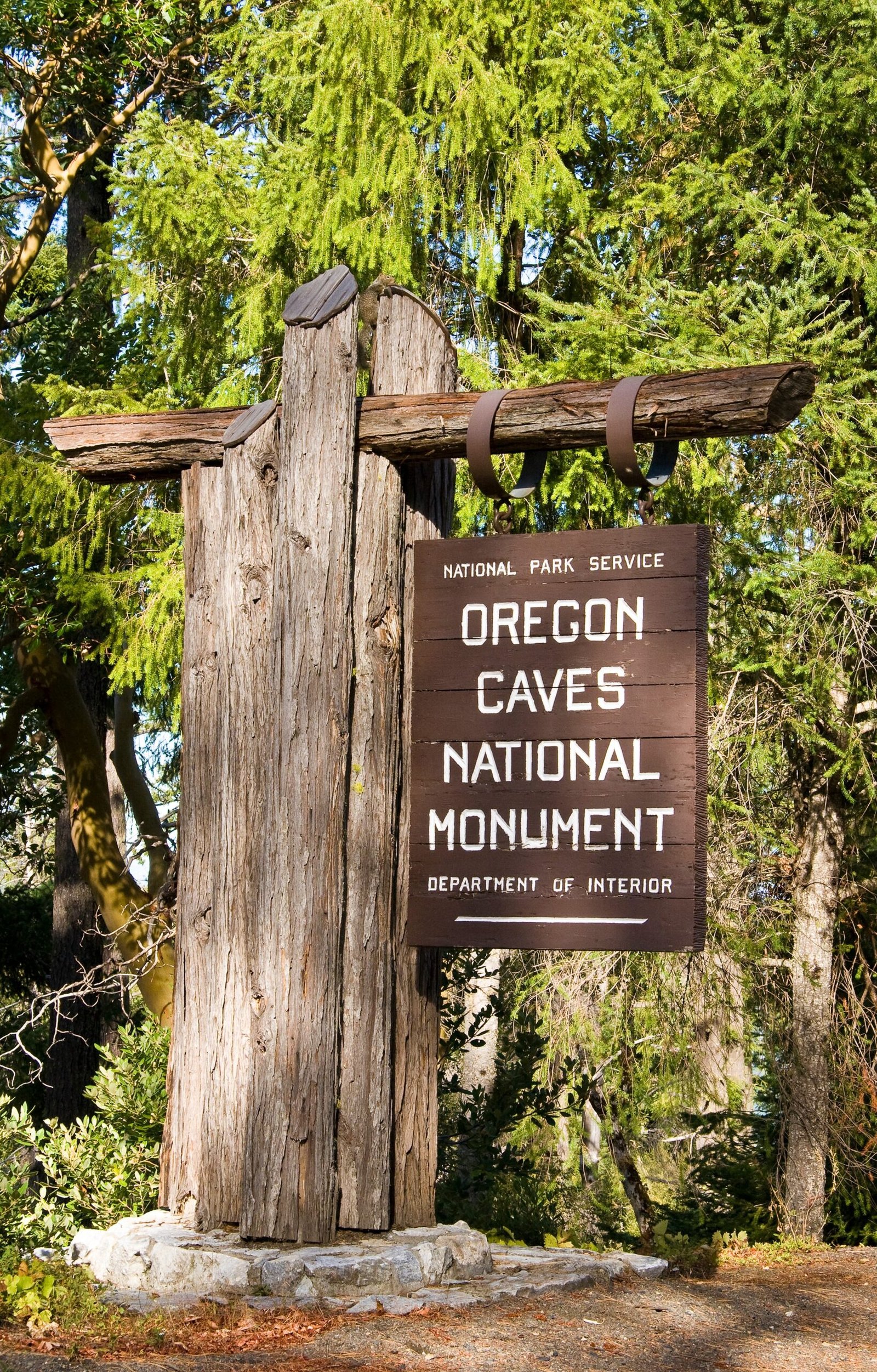
The idea of a cave breathing might sound like the stuff of folklore, but it’s grounded in real science. In the Oregon Caves, air actually moves in and out of the passages in response to changes in temperature and atmospheric pressure outside. This movement can be felt as gentle breezes or even strong gusts, depending on the time of day or season. To visitors, the cave seems alive, as if it’s drawing in fresh air and exhaling it back out. This unique behavior has earned the cave its reputation as having “lungs,” blurring the line between the living and non-living world. It’s a reminder that nature often holds surprises that challenge our understanding.
The Marvelous Setting: Where Forest Meets Stone
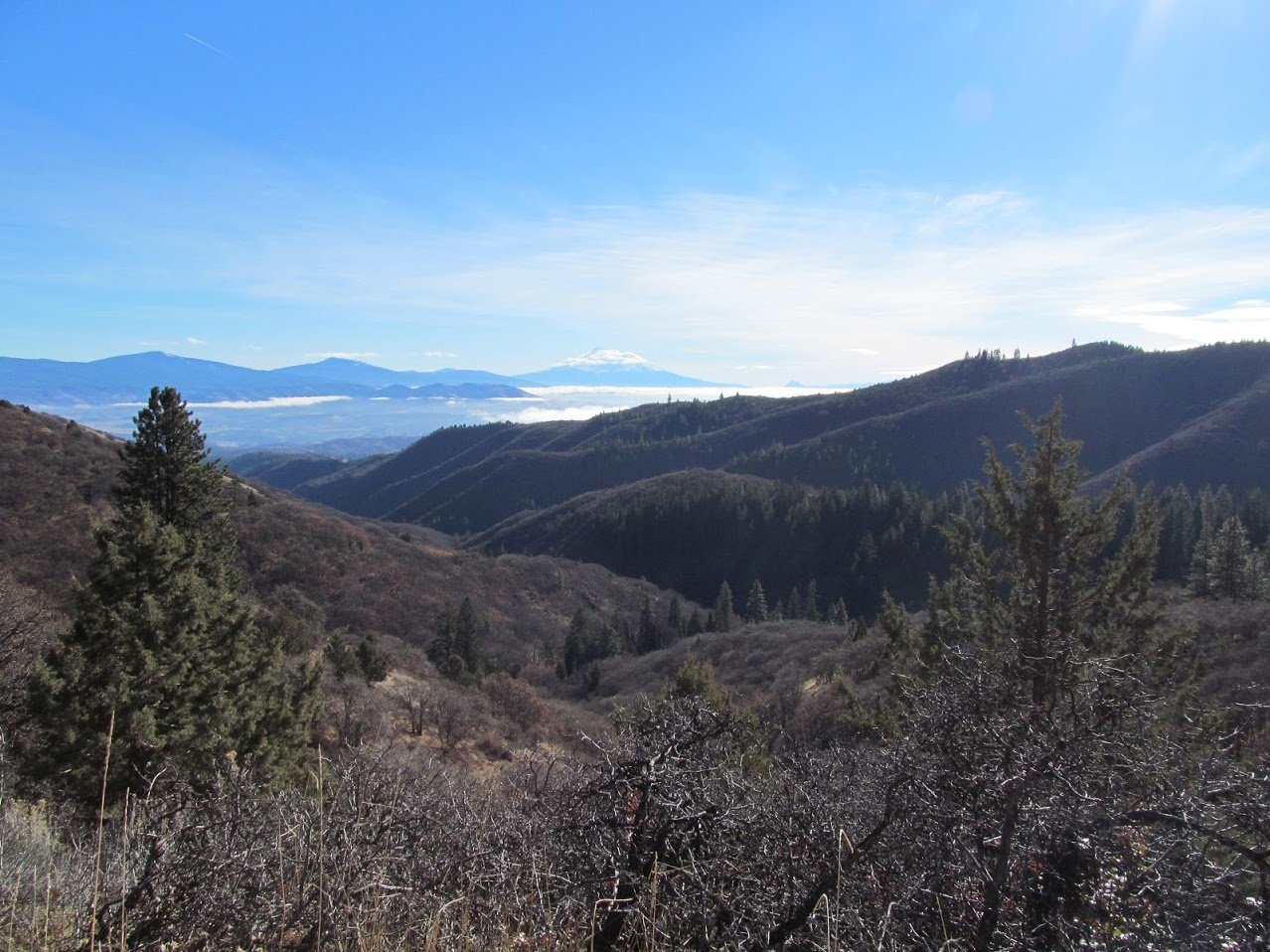
Nestled within the lush Siskiyou Mountains, the Oregon Caves National Monument is wrapped in thick forests and mysterious mist. The entrance itself is hidden among towering Douglas firs and mossy rocks, giving it an almost magical aura. The region around the cave teems with wildlife, from black bears to rare salamanders, making it a hotspot for nature enthusiasts. The landscape sets the stage for the cave’s dramatic features, as moisture from the forest seeps into the limestone, shaping intricate formations over thousands of years. Visitors often describe the approach as stepping into another world, where every sound and shadow feels amplified.
The Science Behind the Breath: How Air Moves Underground
The breathing effect in the Oregon Cave is driven by differences in air pressure and temperature between the cave’s interior and the outside world. When the air outside warms up during the day, it becomes less dense and rises, pulling cooler, denser air out of the cave. At night or during colder weather, the process reverses, and air is drawn back in. This continuous exchange isn’t just a gentle breeze—it can move thousands of cubic feet of air every hour. The cave’s complex network of tunnels and chambers acts like a giant set of lungs, regulating airflow in a way that feels almost intentional. Scientists use this phenomenon to study climate patterns and the cave’s fragile ecosystem.
Limestone Labyrinths: The Making of a Living Cave
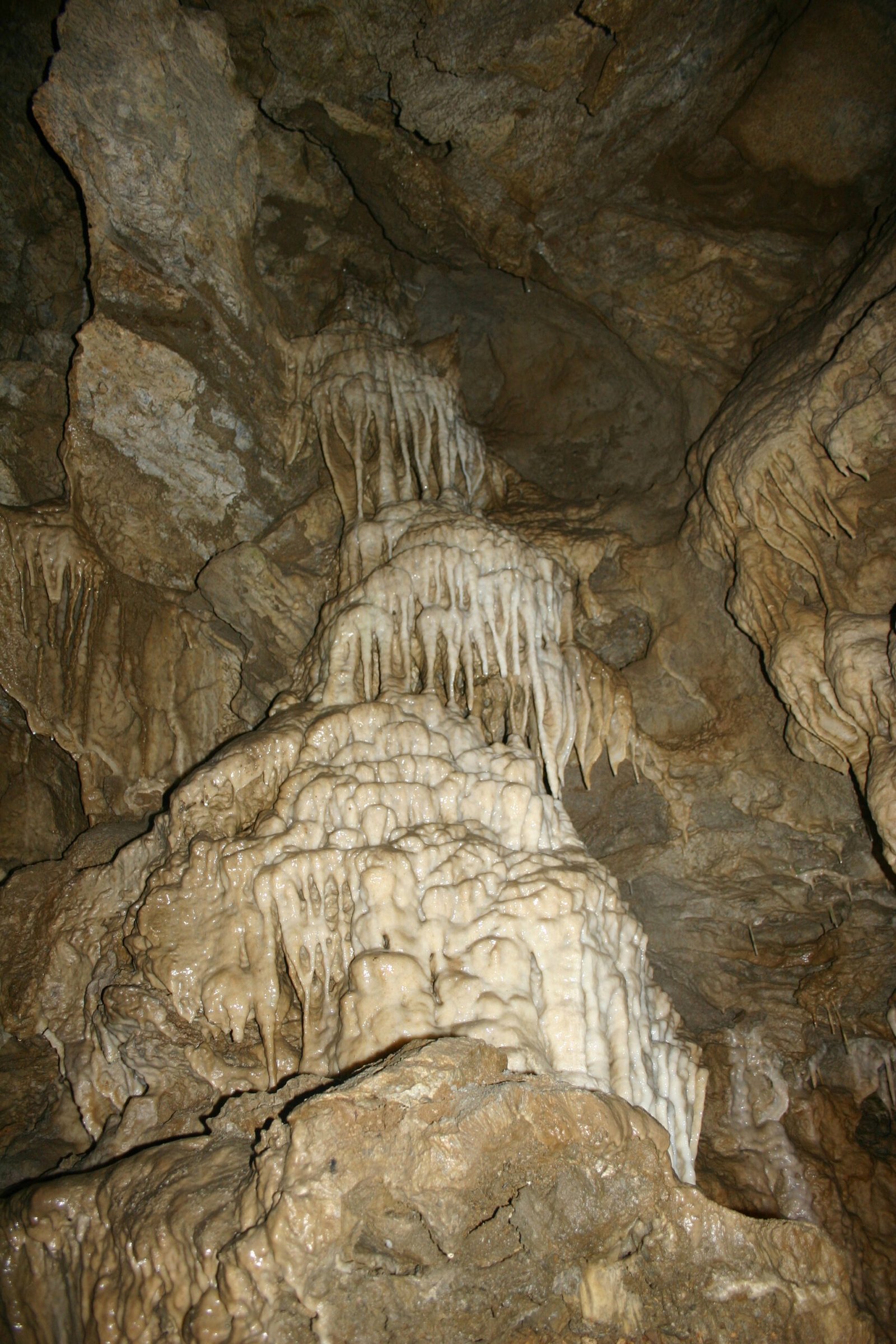
The Oregon Caves are made primarily of marble—a metamorphosed form of limestone—which is rare among caves in the United States. Over millions of years, slightly acidic rainwater has trickled through cracks in the rock, dissolving the stone and carving out chambers and passageways. This slow process creates stunning features like stalactites, stalagmites, and flowstones, which glisten in the cave’s faint light. The unique composition of the cave makes it both a geological treasure and a living laboratory, where scientists can observe how water, air, and rock interact over vast stretches of time. Each twist and turn in the cave holds clues to Earth’s distant past.
The Lungs of the Cave: Natural Ventilation in Action
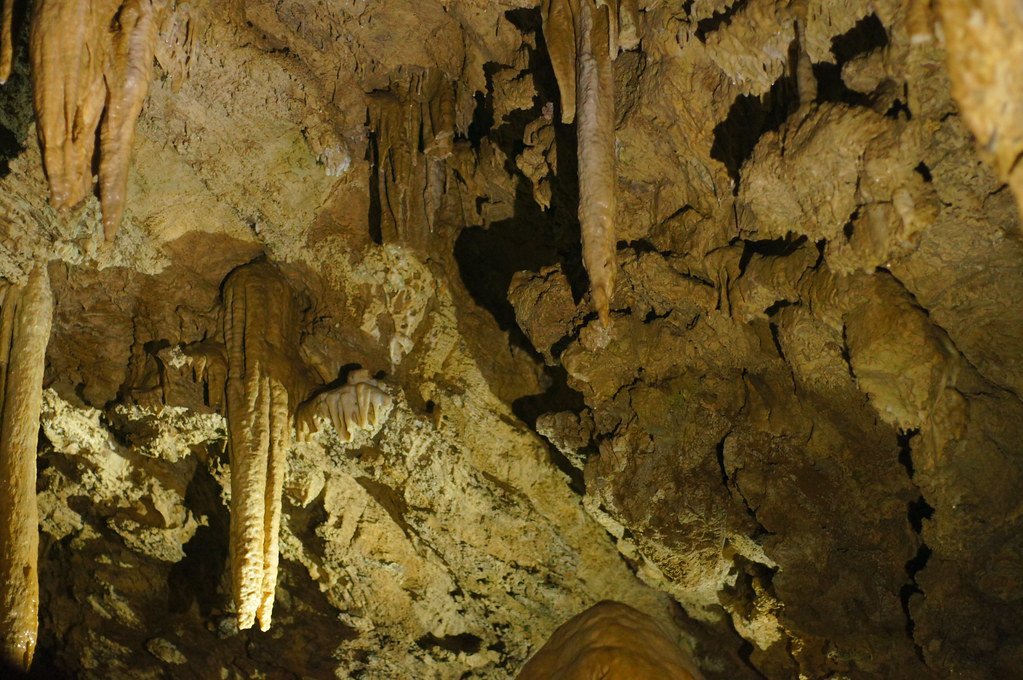
Unlike many caves that feel stuffy and still, the Oregon Caves are notable for their fresh, moving air. This natural ventilation is crucial for maintaining the cave’s delicate environment. The steady flow of air helps control humidity and temperature, creating a stable home for rare plants, fungi, and animals. The breathing action also prevents the buildup of harmful gases like carbon dioxide and radon, which can be dangerous in enclosed spaces. For explorers, this means the cave feels surprisingly comfortable and safe, even during long tours. The cave’s “lungs” are a perfect example of how nature finds ways to sustain life, even in the darkest places.
Unseen Inhabitants: Life Thrives in the Breathing Cave
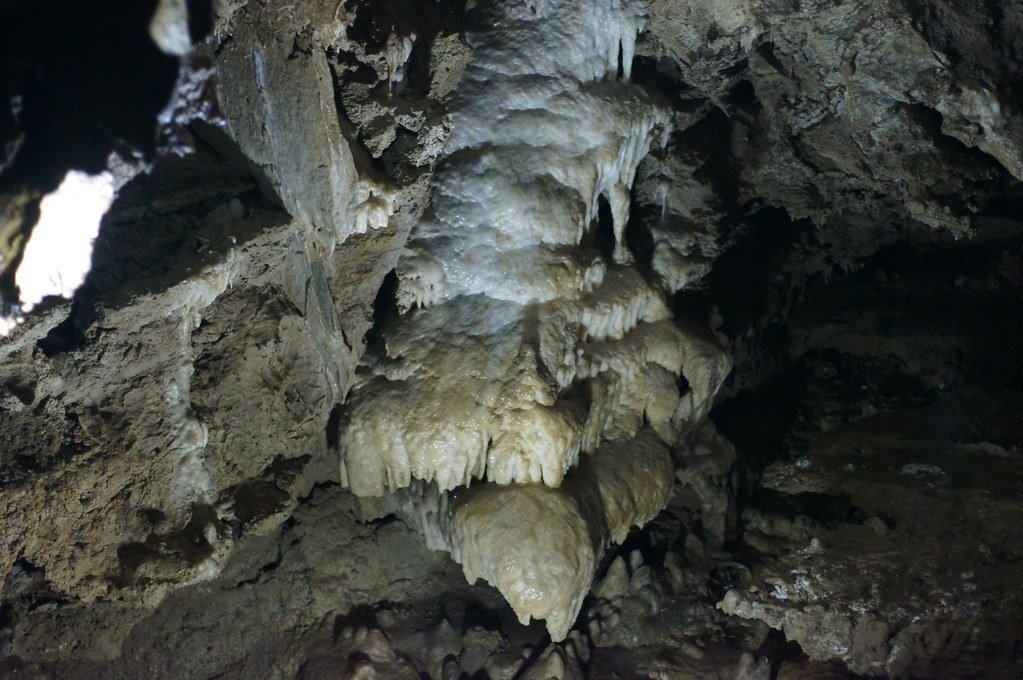
While the cave itself seems alive, it also supports a cast of real biological wonders. Unique species of bats, beetles, and spiders have adapted to its cool, damp environment. Some of these creatures are found nowhere else on Earth, making the cave an important site for conservation and research. Fungi and bacteria thrive in the nutrient-rich drips of water, forming the foundation of a hidden ecosystem. The steady airflow helps disperse spores and seeds, allowing life to flourish even in the absence of sunlight. Each breath of the cave carries with it the secrets and stories of countless small lives.
Human Footprints: A History of Discovery and Exploration

The Oregon Caves have been known to Native American tribes for centuries, who regarded them as sacred spaces. In the late 1800s, European settlers stumbled upon the cave and began exploring its twisting corridors. Early adventurers were awestruck by the cave’s breath and the eerie sounds that echoed through the halls. The site quickly gained a reputation as a place of mystery and wonder, attracting scientists and tourists alike. Over the years, careful conservation efforts have protected the cave from damage, ensuring that its natural rhythms continue undisturbed. Today, visitors can walk the same paths as those first explorers, feeling the cave’s breath on their skin.
Echoes of the Past: Fossils and Ancient Clues
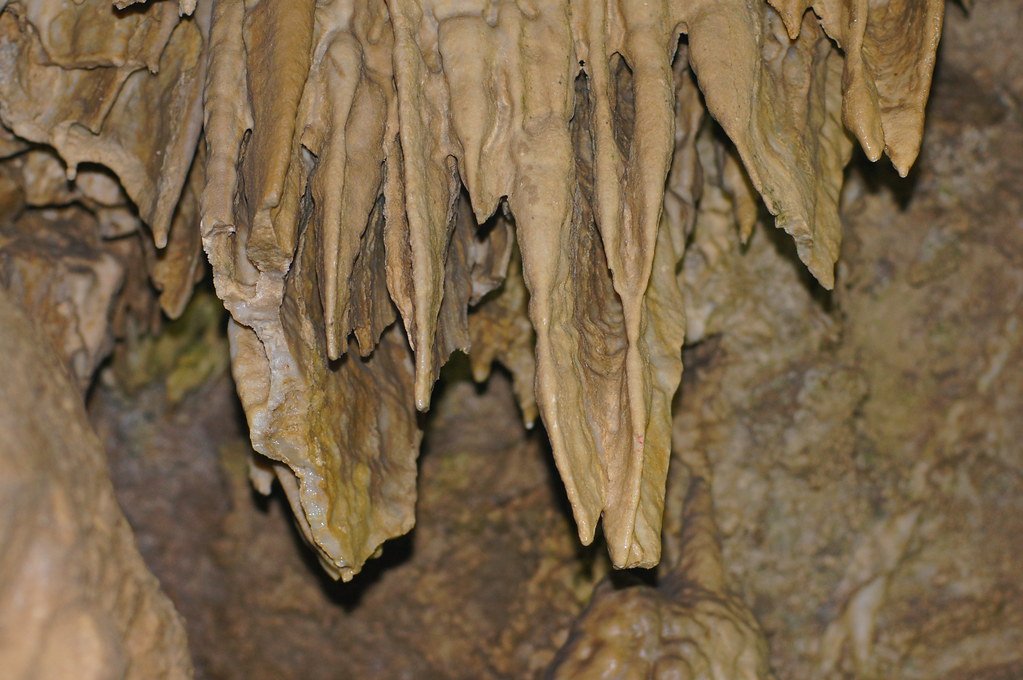
Deep within the cave’s marble walls lie the imprints of ancient creatures—fossils of sea life that once swam in a prehistoric ocean. These remnants are a window into a time when Oregon was covered by warm, shallow seas, teeming with coral and shellfish. The cave’s limestone is packed with these tiny fossils, whispering stories from hundreds of millions of years ago. Paleontologists study these clues to better understand how life evolved and how the region’s geology shifted over eons. Every fossil found is a reminder that the cave’s breath connects the present to a distant, forgotten world.
A Soundtrack of Air: The Music of the Breathing Cave
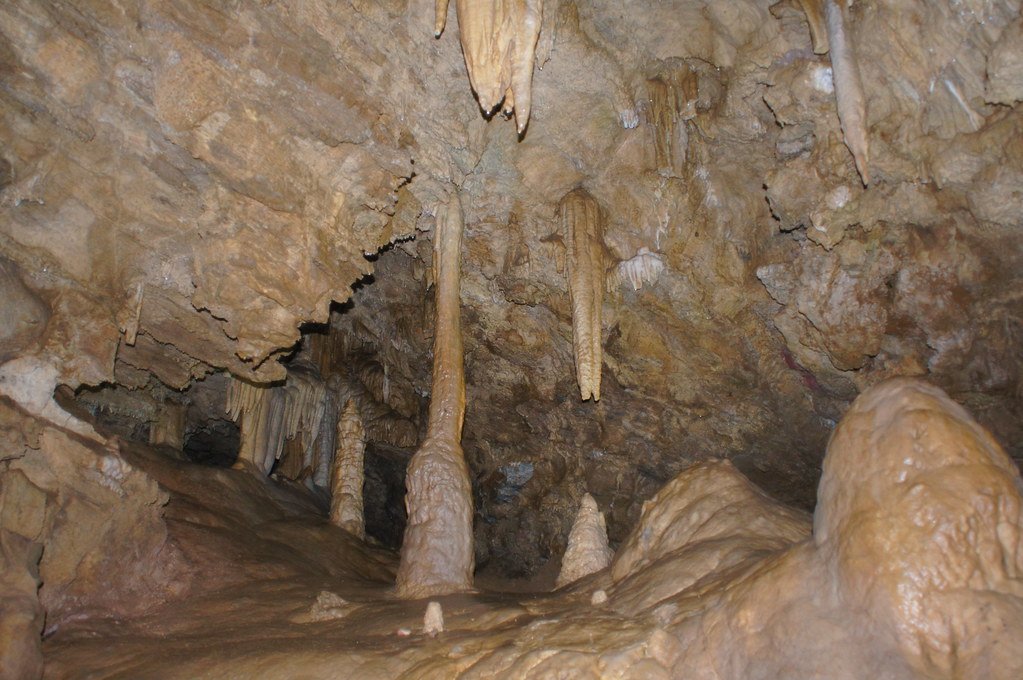
One of the most enchanting aspects of the Oregon Cave is the way it sounds. As air rushes through narrow passages, it creates soft whistles, eerie moans, and gentle sighs. These sounds shift with the weather and the seasons, creating a living soundtrack that is never the same twice. Some visitors have described the experience as listening to the earth itself singing. The interplay of echoes and breezes gives the cave an atmosphere that feels both welcoming and mysterious. For many, the musical breath of the cave is as memorable as its sights, leaving a lasting impression long after they leave.
Protecting the Cave’s Fragile Lungs: Conservation Challenges
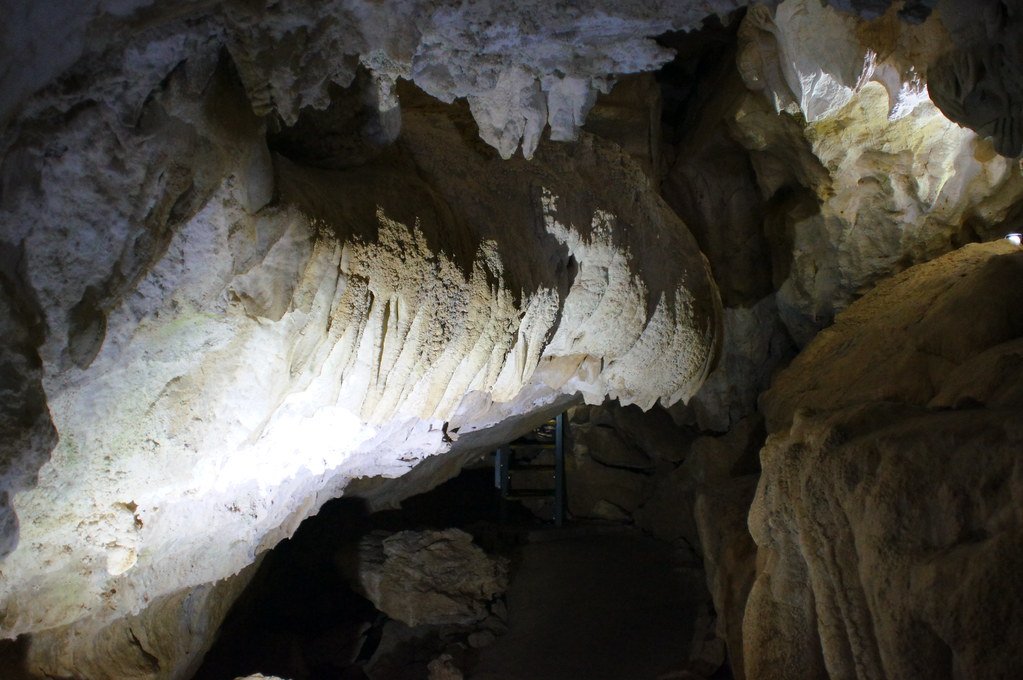
Maintaining the health of the Oregon Cave is a delicate balancing act. Human activity can easily disrupt the cave’s natural airflow and delicate formations. Park rangers work tirelessly to limit the impact of tourism, using guided tours and strict rules to keep the cave’s “lungs” from being overwhelmed. Scientific monitoring tracks changes in air quality, temperature, and humidity to ensure the cave remains a safe haven for its unique species. Conservationists also educate visitors about the importance of preserving this living system for future generations. The cave’s breath is a precious resource, requiring constant care and vigilance.
Visiting the Breathing Cave: What to Expect
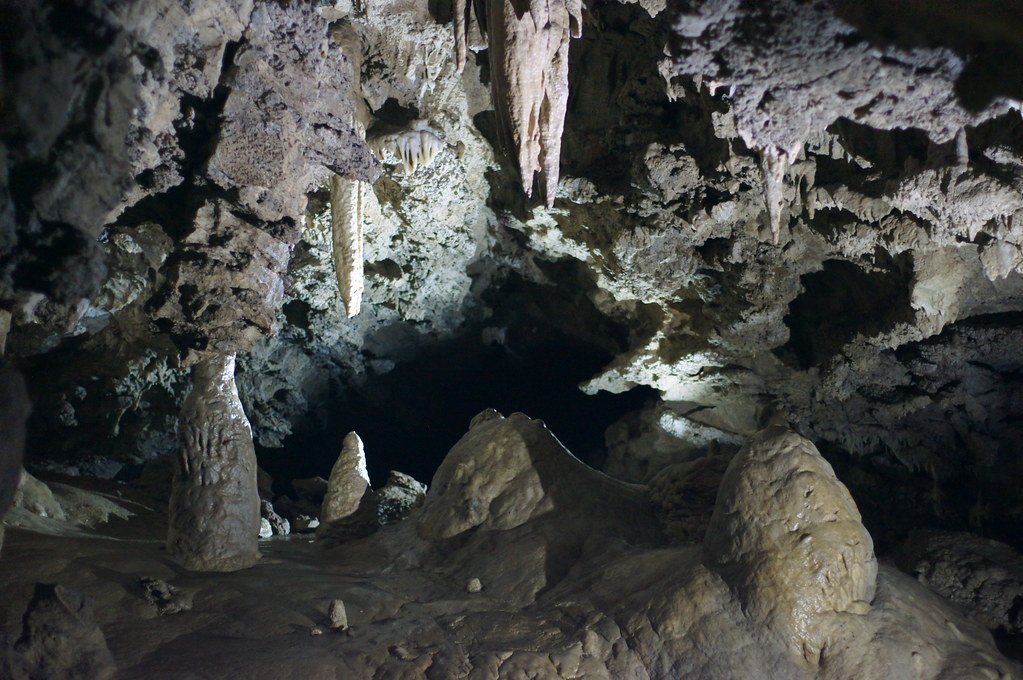
A trip to the Oregon Caves is an unforgettable adventure. Guided tours take visitors deep into the heart of the mountain, where they can feel the cool rush of air and marvel at glittering formations. The experience is both educational and magical, offering a rare chance to witness nature’s ingenuity up close. Adventurers are encouraged to move quietly and respect the cave’s rhythms, listening for the subtle sounds of its breath. The journey is suitable for families, school groups, and anyone with a sense of wonder. For many, standing in the breathing cave is a moment of awe that stays with them forever.
The Oregon Cave that breathes stands as a powerful reminder that our planet is full of surprises—some so strange and beautiful that they seem almost impossible. This living, breathing cave invites us to look closer, listen deeper, and appreciate the delicate connections that bind all life together. What other hidden wonders might be waiting just beneath our feet?

